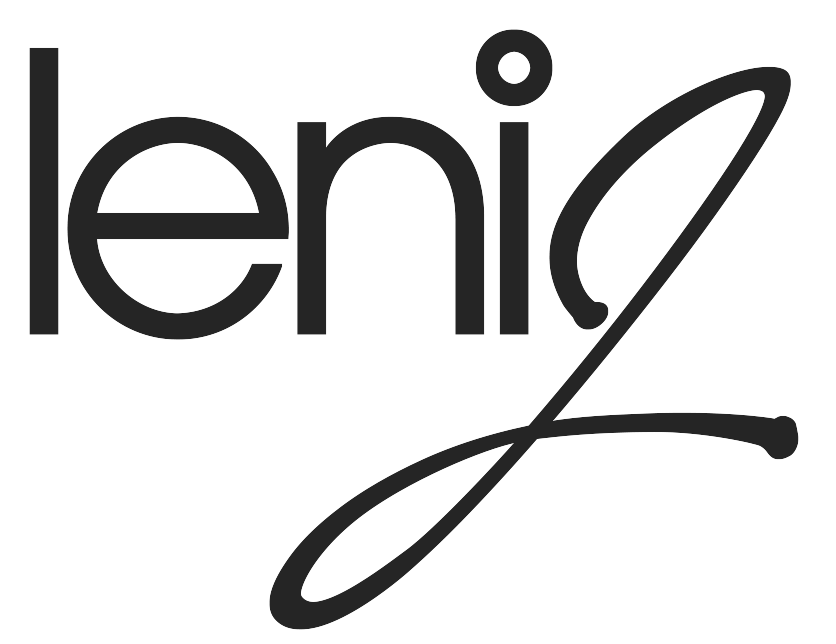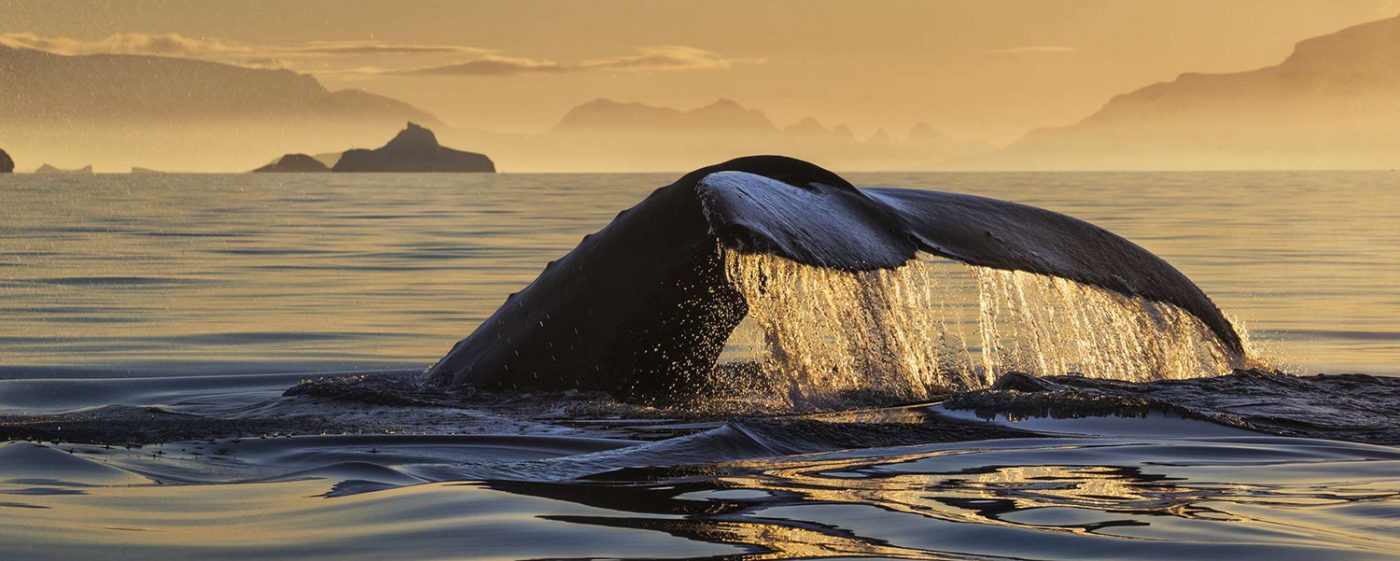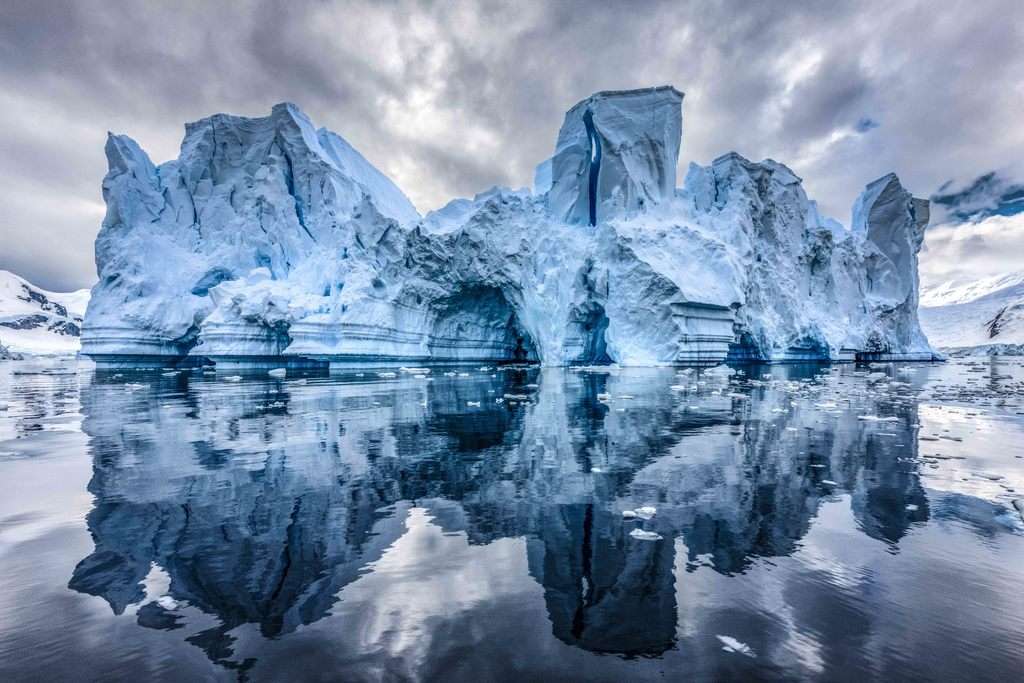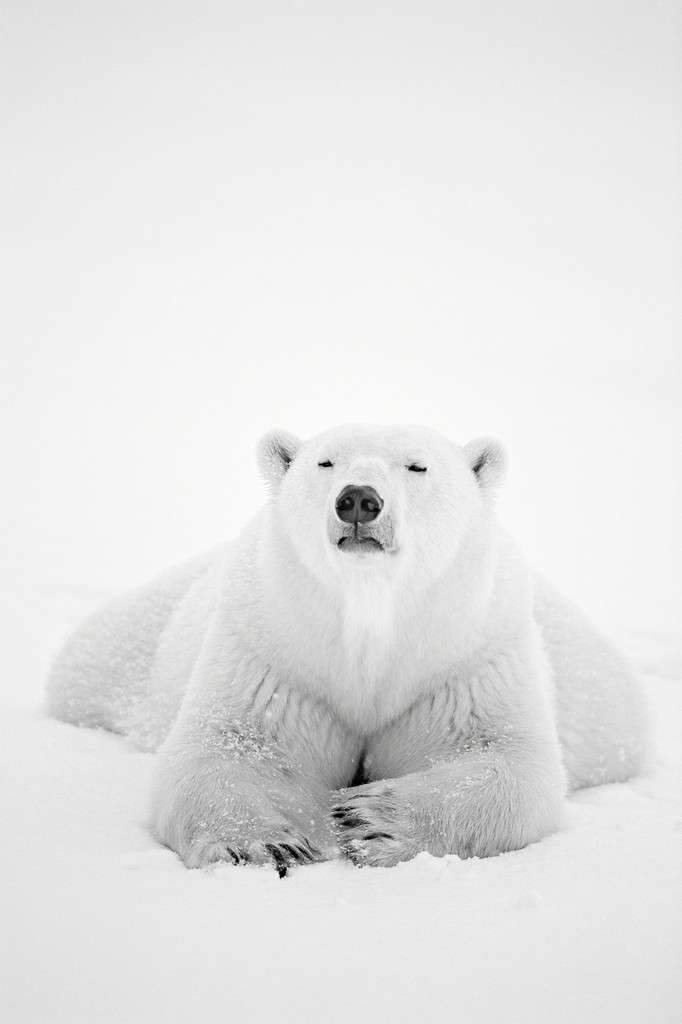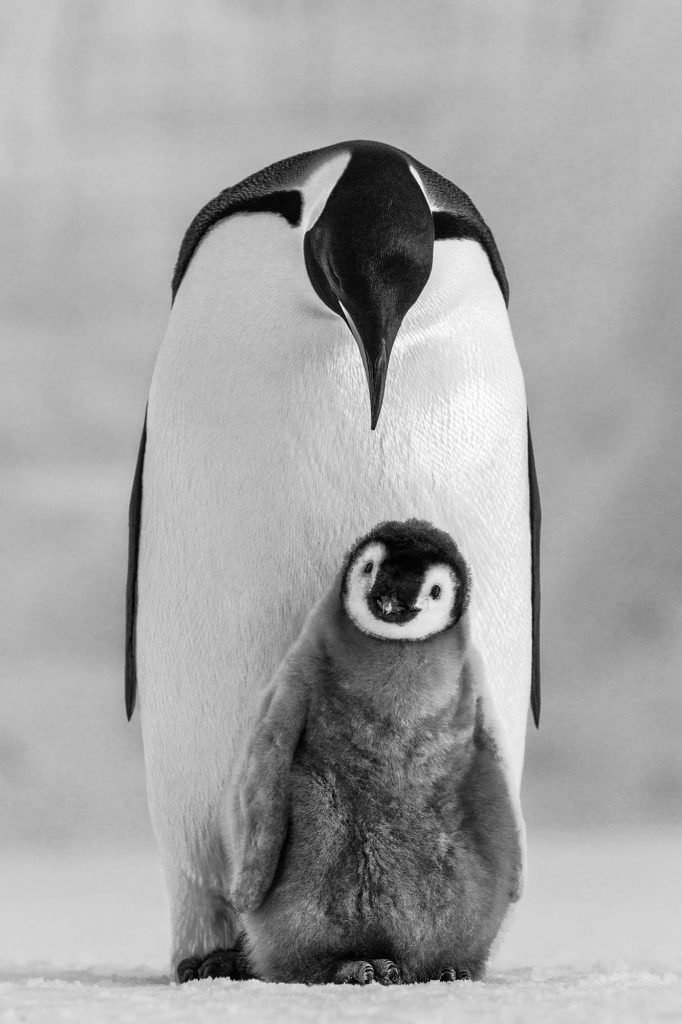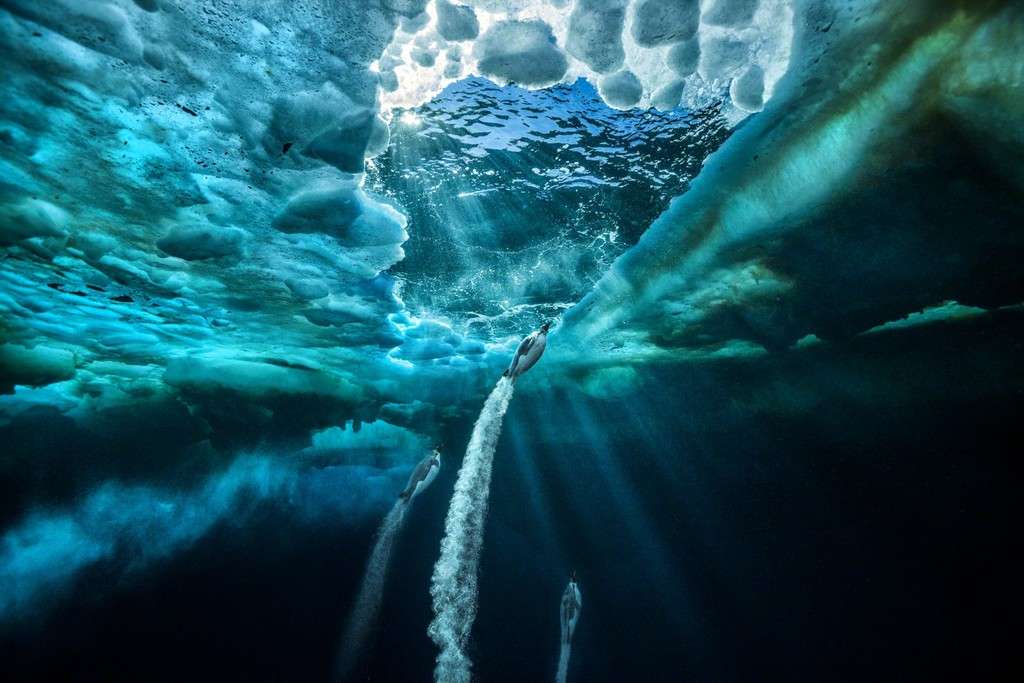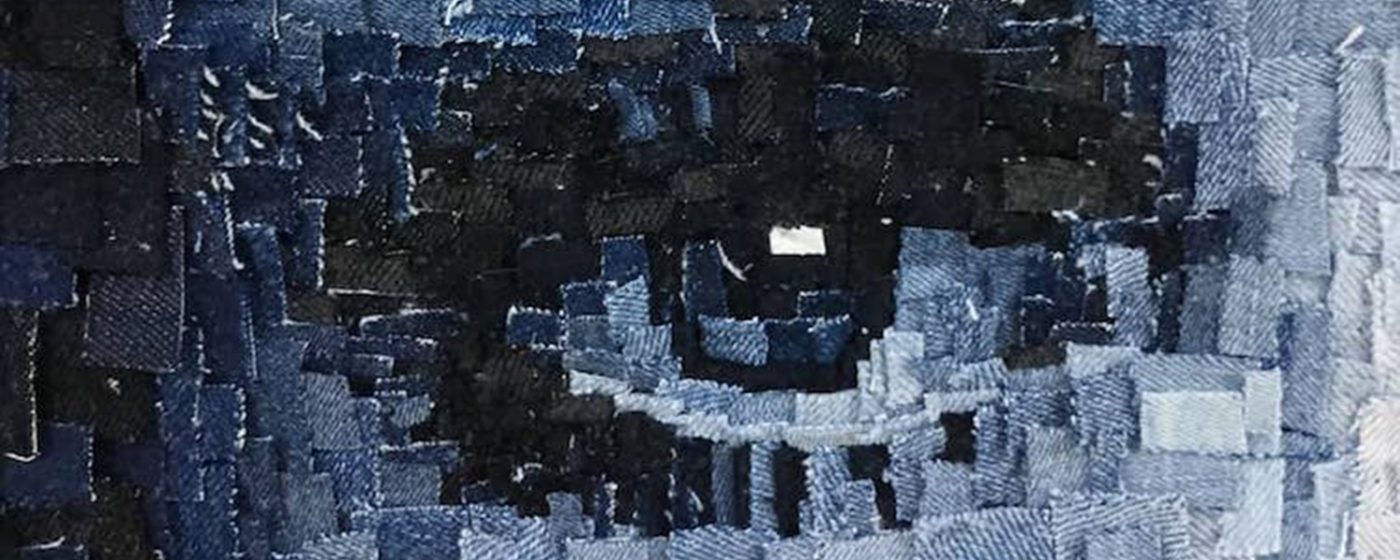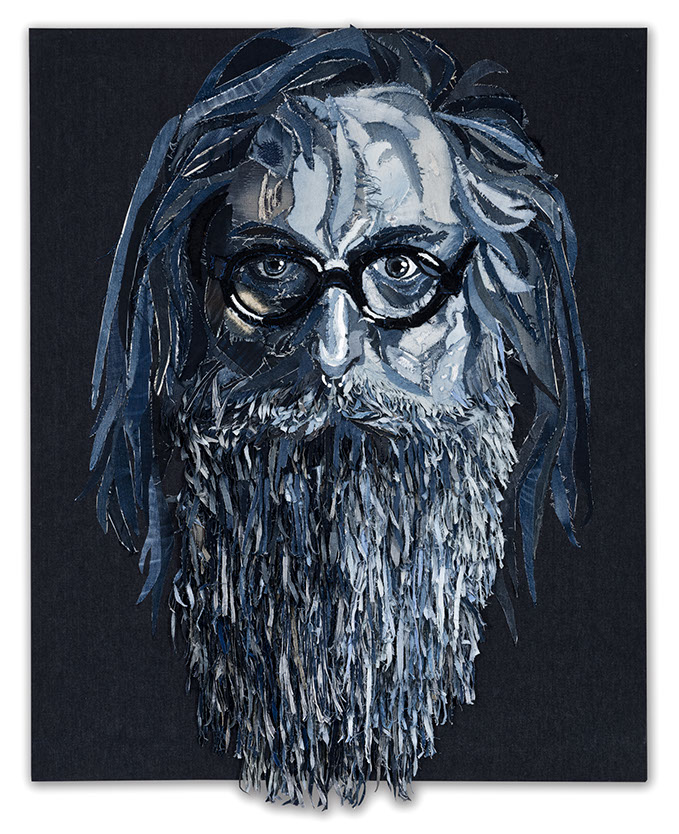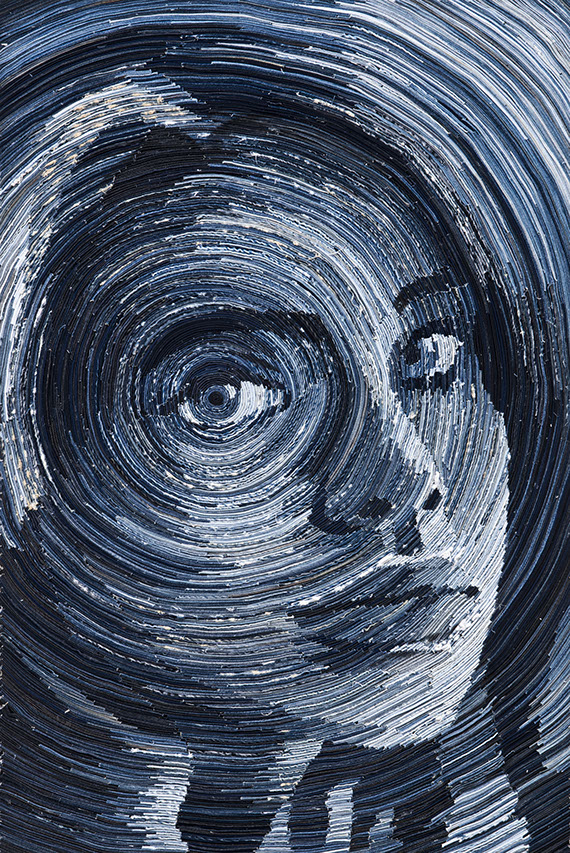Originally posted on Arts Help, Summer 2021
Award-winning conservation photographer Paul Nicklen refers to our understanding of the ocean as a thin blue line. In other words, there is a line between our experience of the ocean; coastal vacations and the fish we eat, and what happens under the water; the complex ecosystem that supports our very existence. Closing that gap of understanding is now his purpose in life.
According to the United Nations Sustainable Development Goal (SDG) on Life Below Water,the oceans are essential global systems that manage our weather, regulate our rain and drinking water, provide a portion of the food we eat and almost all the air we breathe.
Humans cannot exist on the earth without the oceans. The UN estimates that 3 billion people depend on the oceans for their livelihood, including fishing and coastal tourism. And yet, those bodies of water are under constant threat. Uncontrolled overfishing has depleted most traditional fish stocks. More than 250,000 tons of plastic have entered the marine food chain because of human neglect and dumping. Every day, untreated sewage and industrial chemicals are poured into rivers that feed into the oceans. The oceans absorb about 30% of carbon dioxide but the extreme amounts of emissions we have produced have led to ocean warming, acidification and oxygen loss all of which threaten the health of the fish and their habitats as well as our weather systems.
The numbers are terrifying and have been well documented by scientists for decades and yet we still have not changed our behaviour.
Perhaps it is because what happens in the depths of the ocean is so far away from us that we don’t consider it important. What do you do to get people to notice the destruction of this “essential global resource”? According to Paul Nicklen, you start with stunning visuals and engaging movies.
“I call myself an interpreter and a translator,” says Nicklen in an interview with Photo Society. “I translate what the scientists are telling me. If we lose ice, we stand to lose an entire eco-system. I hope we can realize through my photography how inter-connected these species are to ice. It just takes one image to get someone’s attention.”
Paul Nicklen has been documenting life and land in the Arctic and Antarctic since 1995. He has won numerous awards including BBC Wildlife Photographer and the World Press Photo for Photojournalism. Most recently, Nicklen was given an honorary PhD at the University of Victoria, BC for his work to combat climate change. He has contributed to over 20 National Geographic articles and written 3 books. Most recently, with a focused direction to reach more people and effect more change, Nicklen founded the Sea Legacy Foundation.
From the Sea Legacy Impact statement, Paul Nicklen is quoted as saying,
“The objective of our work is to create movements and revolutions. It is to put pressure on governments, politicians, corporations, and to empower individuals to be the change they want to see.
“We know that science is important, but it has failed to “save the planet” despite the vast resources that have been invested in scientific research over the past 50 years. We connect art with that science and then move into conservation.”
Sea Legacy works through a three-step process. First, they lead expeditions of world-class photographers, videographers and storytellers to capture the beauty and challenges facing the oceans. Second, they use those visuals to spread the word through media channels to people all over the world. Lastly, they work with local communities, scientists and organizations to formulate solutions that connect culture, and social structure with programs dealing with, among other things, sustainable fishing, coral reed revitalization and empowering coastal women.
In June 2021, Sea Legacy posted their latest work, Antarctica: Life Emerging, a 13-minute video produced remotely during the pandemic with visuals by Paul Nicklen and music by Yo-Yo Ma.
The production can be seen on the media website Only One. In 2019, discovering they had complementary missions, Sea Legacy and Blue Sphere Foundation Only One, a digital platform to showcase stories that tackle the climate crisis. People from all backgrounds and organizations are encouraged to share their projects with the hope that others will be inspired to effect change.
As individuals, we can all do something to protect the oceans. We can buy only ocean-friendly fish, we can reduce our plastic consumption and we can organize beach clean-ups. But according to the UN, spreading the message about how important the health of the oceans is to our survival is one of the most important things we can do. Paul Nicklen is doing just that. As he says about the of Sea Legacy mission,
“It’s our job to bring the oceans to you.”
To read more about how you can help Sea Legacy click here.
To see the latest projects on Only One, click here.
To learn more about Paul Nicklen and see more of his collection of Fine Art Photography stills, click here.
Originally produced for Arts Help, Summer 2021
Deniz Sağdıç’s path to becoming an artist started in the traditional manner with a degree from Mersin University’s Faculty of Fine Arts in Turkey. Graduating at the top of her class in 2003, she moved to Istanbul to further her career. She quickly drew critical acclaim around the world for her fluid oil paintings and portraits. But soon, she began to dislike the elitism that is associated with traditional styles of art. She found that art galleries and the people who go to them fall into a very narrow segment of society and she wanted to change that. On the Turkish website Dunyabizim she states,
“I realized that it was necessary to find different solutions in order to bring art to a much wider audience.”
Sağdıç was looking for a connection with her audience and as she started to experiment with new mediums she found that people responded the best to items that were familiar like books, cassette tapes, TVs and old windows.
In her project Ready Remade, she combined painting, fabric and found objects to create unique sculptural pieces. But the journey had just begun.
Sağdıç comes from a family of artists and craftspeople. Her father designed stained glass windows and her aunts were tailors. She spent most of her free time growing up in these workshops so it was a natural progression, as she experimented with different mediums, to be drawn to textiles and graphical shapes. It wasn’t long before she discovered the versatility of denim. The fabric of jeans is one of the most widely worn textiles in the world, crossing cultures and classes, and this appealed to her message of accessibility. But as she delved deeper into the history of denim and the current state of the fashion industry, an environmental issue that is global in scale was revealed.
The fashion industry is the second worst polluter of clean water just after agriculture according to the United Nations Sustainable Development Goal (SDG) Responsible Consumption and Production. It is just one example in many of how our constant need to buy things is polluting the land and draining the planet’s resources.
Making clothes is hard on the earth from the beginning of its production cycle to the very end. It starts with the production of the fabric.
- It takes 1800 gallons (6800 litres) of water to grow enough cotton for one pair of jeans.
- The cotton that makes up denim also requires enormous amounts of pesticides to produce.
- The making of clothes pollutes our water systems with agricultural runoff and synthetic dyes that are drained into riverways.
- Most denim clothing is produced cheaply in Asia by underpaid labour in unsafe conditions.
- The fashion industry is responsible for 10% of global carbon emissions. That’s more than international flights and maritime shipping combined.
- And as most cotton fabrics are combined with synthetic fibres or elastic, when we wash our clothes, tiny microplastics drain into the wastewater systems and eventually end up in oceans and the ecosystem.
Just like many products in the world today, our clothes are not meant to last. The mass production of cheaply made clothes is known as fast fashion. In our desire to have the latest styles and the fact that the clothes barely last a few cleaning cycles, we throw out 13 million tons of textiles a year.
If we do manage to donate them to a thrift shop charity, only a small portion is sold. Some fabrics can be ground down and recycled into insulation and car seat padding but most are sold overseas to Africa. From there, some are sold cheaply but most end up in their landfills.
There are organizations like Fashion Revolution and brands like Patagonia that are working to turn the tide, but the process is slow. Getting the message out and altering consumer behaviour is critical for change to happen. That’s why Sağdıç’s work is so important.
Turning discarded scraps into new art
When Sağdıç started her denim project she would scour thrift shops in her area. But eventually, as she discovered she needed more material, rather than purchasing virgin denim, she reached out to local clothing production companies. From them, she requests only the remnants (the scraps left from cutting out patterns) and the defective or test pieces. While her understanding of colour, shading and lighting techniques is clear in her scrap piece portraits, her imagination and skill are evident in her creative use of the awkward parts of a pair of jeans, the multilayered seams, belt loops, and metal buttons.
Over time, Sağdıç has developed 8 different approaches to sculpt the fabric into her portraits. Some can take a couple of days, others can take months.
There are only a couple of artists in the world working with this medium. Focusing on portraits and using every part of a pair of jeans, makes her art truly unique.
Sağdıç was attracted to denim for its universality but that wasn’t always the case. The history of denim covers slavery to high fashion. First developed as “slave cloth” for its rough texture and ability to withstand hard labour, it was considered unfit for other members of society. It continued to be associated with a small portion of society when Levi Strauss developed it for gold miners but from there, with the help of movies and the fashion industry, it would expand its reach to people of all classes, ethnicities and cultures around the world. For this reason, Sağdıç sees it as a symbol of democratic art, something that everyone from every background can relate to. At a time when we are still judged by the colour of our skin, the fact that such a universal fabric could perhaps help us get past discrimination is also an important part of Sağdıç’s message.
Continuing the idea of Art: For Everyone, she has chosen to promote her work through workshops, and fashion conferences in Milan, London and Istanbul. Her latest showing was in the YYK’s store window in London. YYK is a well-known zipper manufacturer, who uses its showroom window to promote artists, creating a form of a street gallery. After they displayed Sagdic’s work, many people were seen stopping to get a better look at her intricate designs and take pictures.
Interacting with people is essential to Sağdıç’s art and she likes to collaborate with individuals within each city to create her unique pieces. As she said in an interview with Fashion United about the YYK showroom,
“I use denim not only as a material but also a language.”
By upcycling a medium that expresses cultural universality and positioning her art where anyone can appreciate it, Sağdıç can define her own form of art and at the same time, raise awareness about an industry in desperate need of an environmental overhaul.
To see more of Deniz Sağdıç project Denim Skin, click here.
To keep up to date on her latest creations, follow the artist on Facebook and Instagram.
To learn more about Fast Fashion and what you can do about it, click here.
